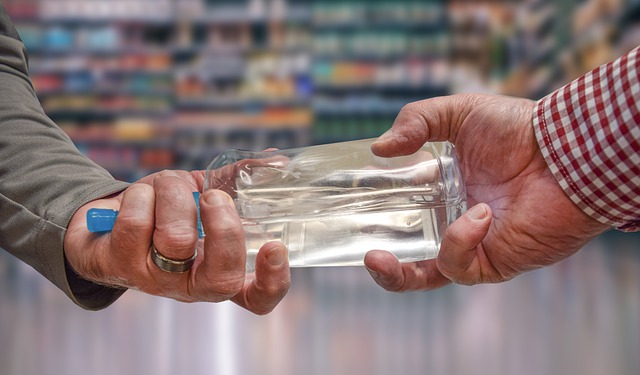As the coronavirus pandemic has spread, the Western Cape Poison Information Helpline has seen an increase in children ingested hand sanitiser. Consuming this product is considered harmful due to its high alcohol content.
As a result, the province’s Department of Health has urged parents and other caregivers to exercise caution when dealing with hand sanitiser around children.
According to reports, the helpline recently received a call about a mother who had fed her eight-year-old son a mixture of loom juice and sodium bicarbonate in boiling water as a way to protect him from the COVID-19 virus. His body rejected the mixture, and he vomited severely. He was then admitted to hospital for treatment.
As hand sanitiser is not particularly tasty, most children who have a lick of it only experience mild symptoms, if any. These include a burning sensation as the liquid is ingested. When it is consumed in larger quantities, however, children are exposed to the risk of alcohol poisoning.
Children who have ingested more than 0.4ml/kg of ethanol – within this bracket is 1ml/kg for a 40% ethanol-containing mixture and 0.5ml/kg for an 80% ethanol-containing mixture – or who show signs of mild sleepiness paired with drunkenness or excessive drowsiness should be under observation of a health facility for at least four hours.
Adults are advised to keep hand sanitiser out of reach of children, and should only be administered to children under supervision. Hands that are wet with sanitiser should also not be allowed to be put in the mouth of a child.
The Department also advises that adults use smaller bottles of sanitiser with children, as kids are less likely to try to ingest a bottle that is 30ml or smaller. The recommended amount for use should only be the size of a R2 coin at most.
Picture: Pixabay

